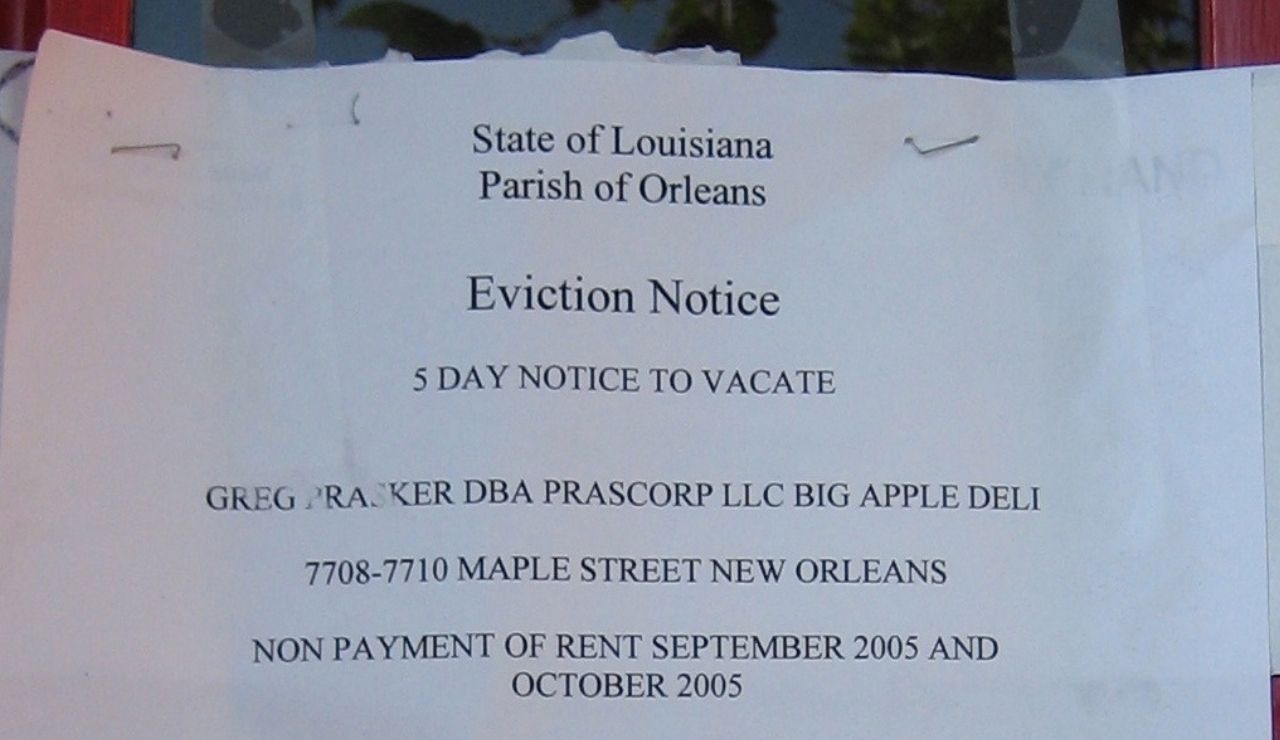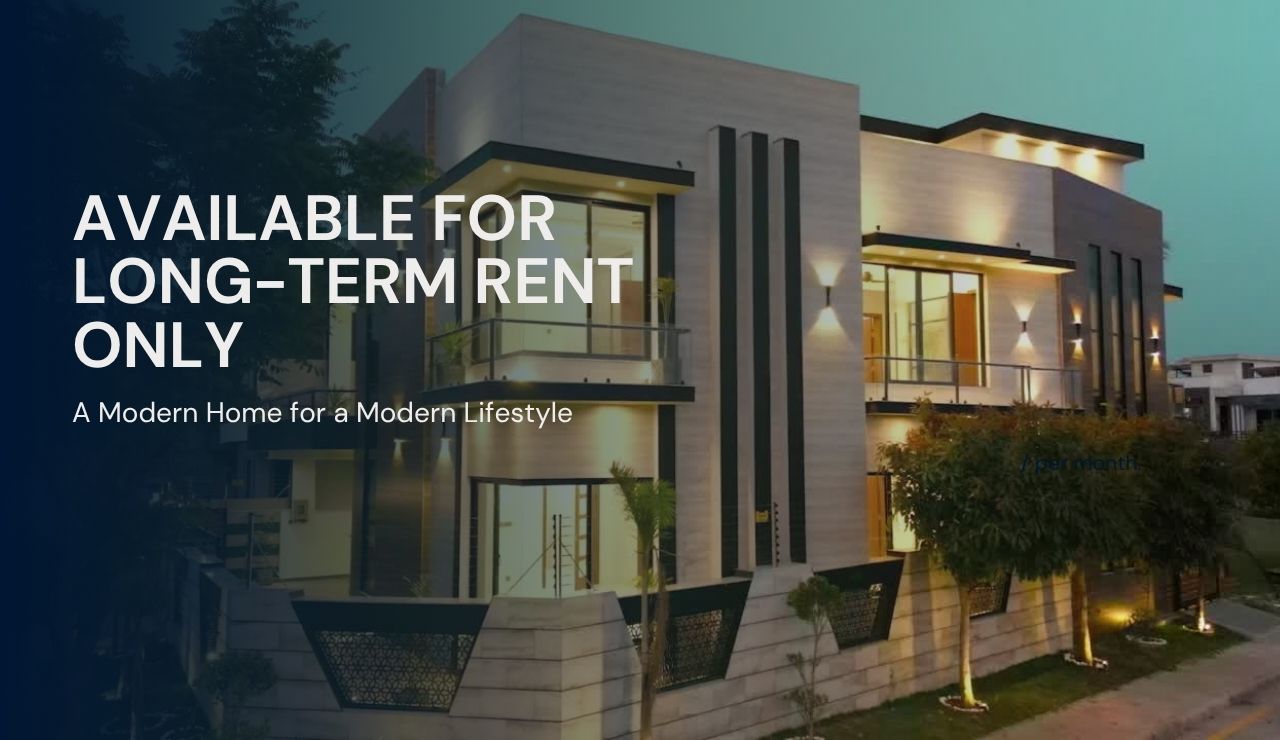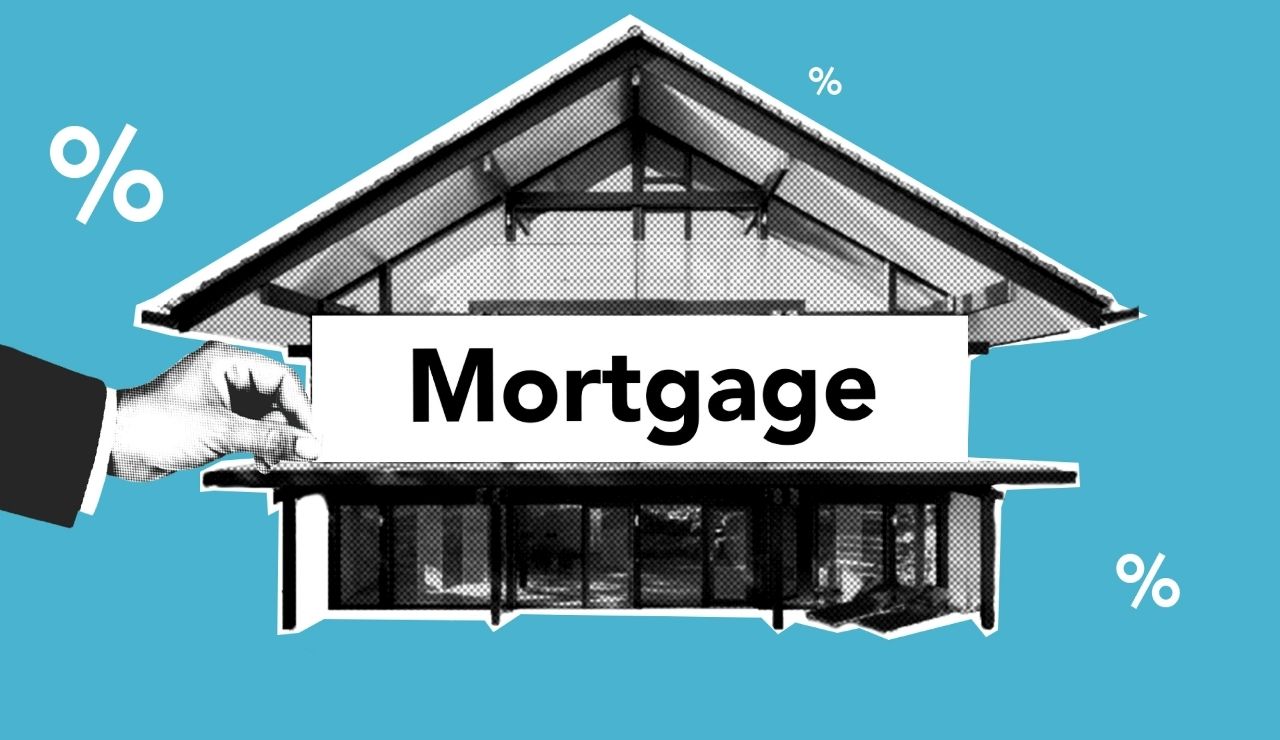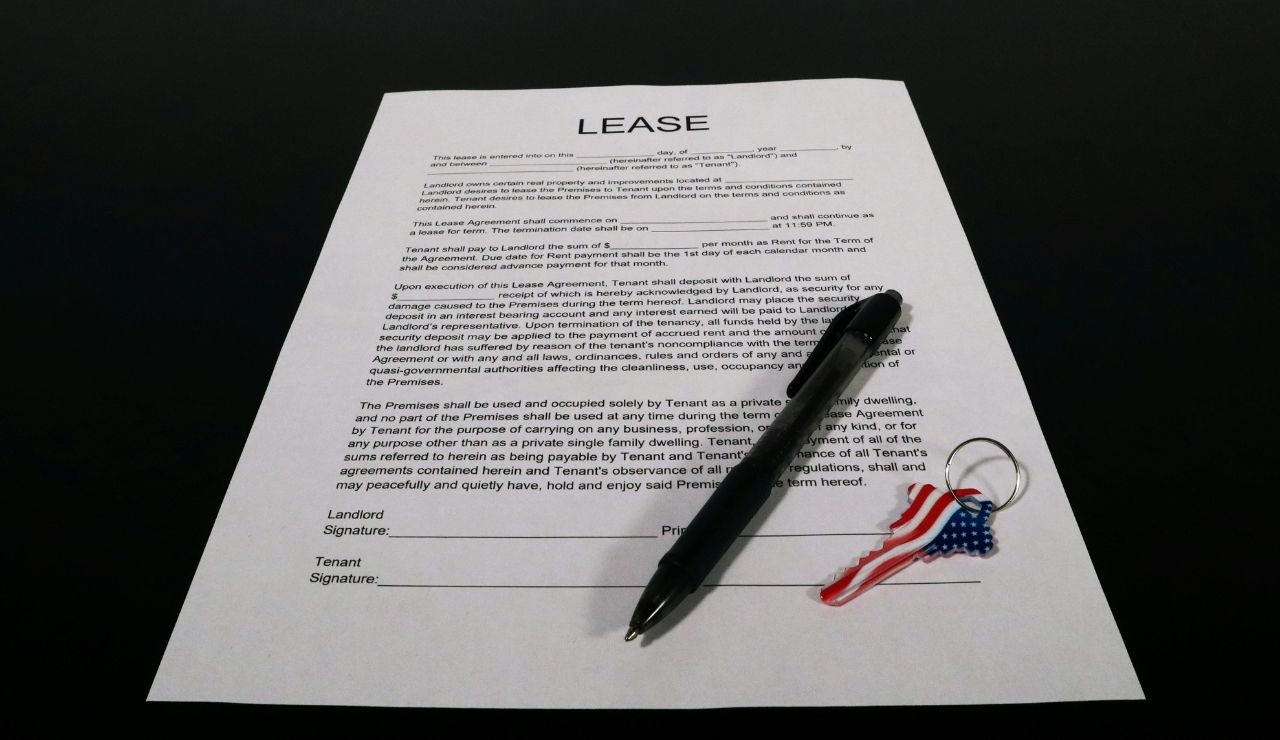The past decade has brought major shifts in housing laws across the United States. New regulations have aimed to address affordability, tenant rights, safety standards, and urban growth. Changes in technology, demographics, and the economy have influenced how policymakers approach housing challenges. These updates have reshaped the rules for landlords, tenants, buyers, and developers, altering the way communities grow and adapt.
1. Stronger Tenant Protections

Many states have strengthened tenant rights by limiting rent increases, requiring clear lease terms, and enforcing notice periods for evictions. Some jurisdictions now provide legal aid in eviction cases, ensuring renters can defend themselves in court. These measures aim to reduce sudden displacement and give tenants greater stability. The changes reflect a growing effort to balance the relationship between landlords and tenants, especially in competitive markets.
2. Expansion Of Rent Control Measures

Several cities have expanded rent control laws to slow rapid increases in housing costs. These policies often cap annual rent hikes and apply to more types of units than before. While they remain a subject of debate, supporters argue that rent control helps retain long-term residents. New versions of these laws sometimes exempt recently built housing to encourage development while protecting existing tenants.
3. Zoning Reforms For Housing Density

To address shortages, many states and cities have revised zoning rules to allow duplexes, triplexes, and accessory dwelling units in single-family neighborhoods. These changes aim to increase housing supply without relying solely on large developments. By easing restrictions, lawmakers hope to create more diverse housing options and reduce costs over time. The reforms also align with interest in walkable, mixed-use communities.
4. Energy Efficiency Requirements

New housing regulations increasingly require energy-efficient construction and appliances. Building codes in many areas now include stricter insulation standards, LED lighting, and updated heating and cooling systems. These measures lower utility costs for residents and reduce environmental impact. Incentives such as tax credits and rebates encourage compliance, making energy efficiency a standard expectation in modern housing design.
5. Short-Term Rental Restrictions

Cities have adopted new rules for short-term rentals to preserve long-term housing stock. Regulations often require permits, limit the number of rental days, or restrict listings in certain neighborhoods. Supporters believe these measures help prevent shortages and maintain community stability. Enforcement now includes registration systems and fines, showing that short-term rental oversight has become a standard part of housing policy.
6. Stricter Safety Standards For Rentals

Housing laws now place greater emphasis on safety in rental properties. Requirements for smoke detectors, carbon monoxide alarms, and regular inspections have become more common. In some jurisdictions, landlords must certify compliance with health and safety codes before leasing. These rules aim to protect tenants from hazardous conditions and ensure properties remain in good repair.
7. Accessibility Requirements For New Builds

Accessibility standards for new housing construction have been strengthened. Wider doorways, step-free entrances, and adaptable bathroom layouts are now more common. These changes aim to ensure homes are functional for people with mobility challenges and aging residents. By incorporating accessibility into construction from the start, lawmakers hope to reduce the need for costly renovations later.
8. Digital Property Transactions

In many states, laws now allow fully digital property transactions. Electronic signatures, virtual notarization, and online document storage have streamlined sales and leases. These processes make transactions faster and more accessible, especially for buyers or renters in different locations. Security and verification standards have been implemented to protect both parties in digital agreements.
9. Limits On Security Deposit Amounts

Some states have reduced the maximum security deposit landlords can request, lowering upfront costs for renters. Laws often require deposits to be returned within a set time frame along with an itemized deduction list. These measures increase transparency and protect tenants from excessive charges, making the rental process more predictable and fair.
10. Protections For Domestic Violence Survivors

Many jurisdictions now allow tenants who are survivors of domestic violence to end leases early without penalty if safety is at risk. Some laws also forbid landlords from refusing to rent to individuals with protective orders. These changes help survivors secure safe housing without fear of financial consequences.
11. Climate Resilience Requirements

Building codes in high-risk areas increasingly require measures such as flood-resistant foundations, fire-resistant materials, and storm-safe roofing. These standards aim to protect residents and reduce disaster recovery costs. Developers must often meet these requirements before permits are granted, ensuring new housing can withstand environmental challenges.
12. Expansion Of Tenant Right-To-Organize Laws

Some states have passed laws protecting tenants’ rights to form associations and advocate for better housing conditions. These rules prohibit landlord retaliation when renters organize to address concerns. In certain areas, landlords must meet with tenant groups regularly, giving residents a stronger voice in housing decisions.


